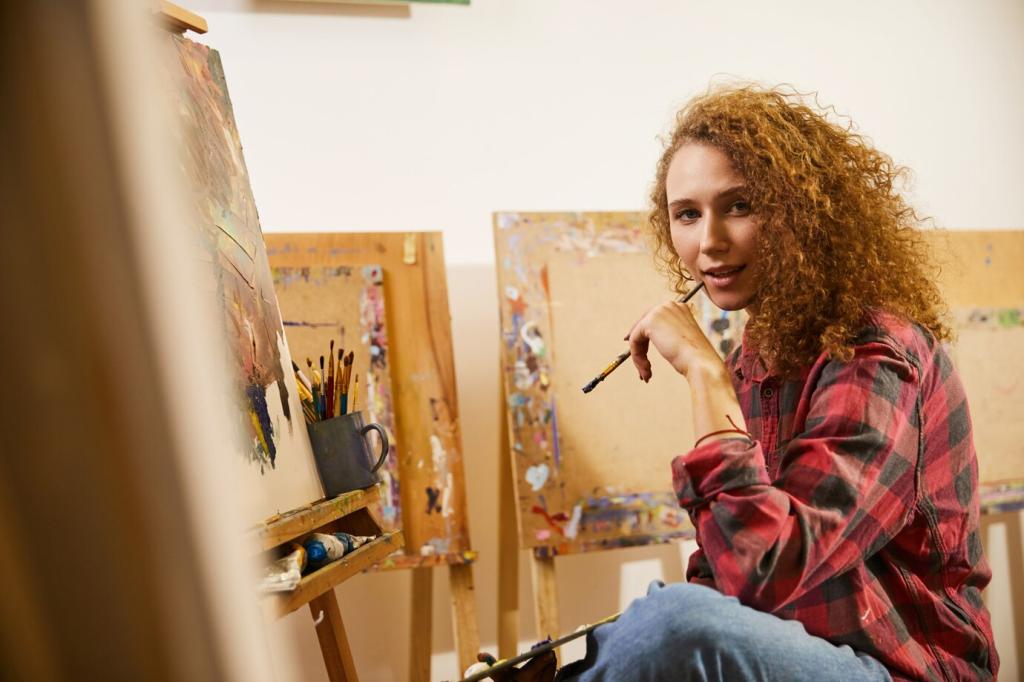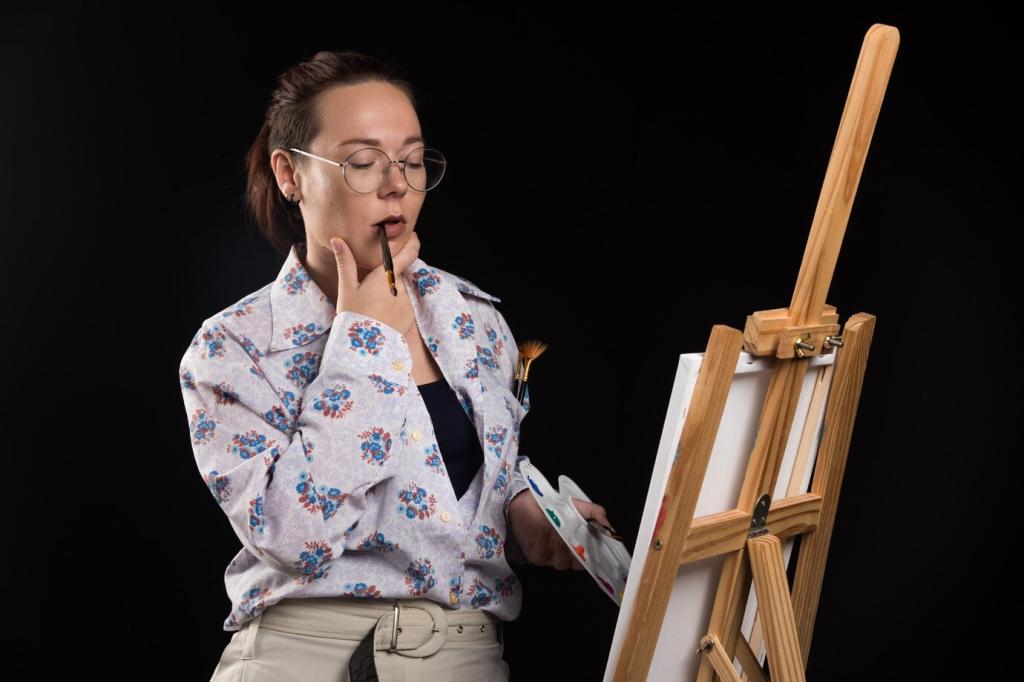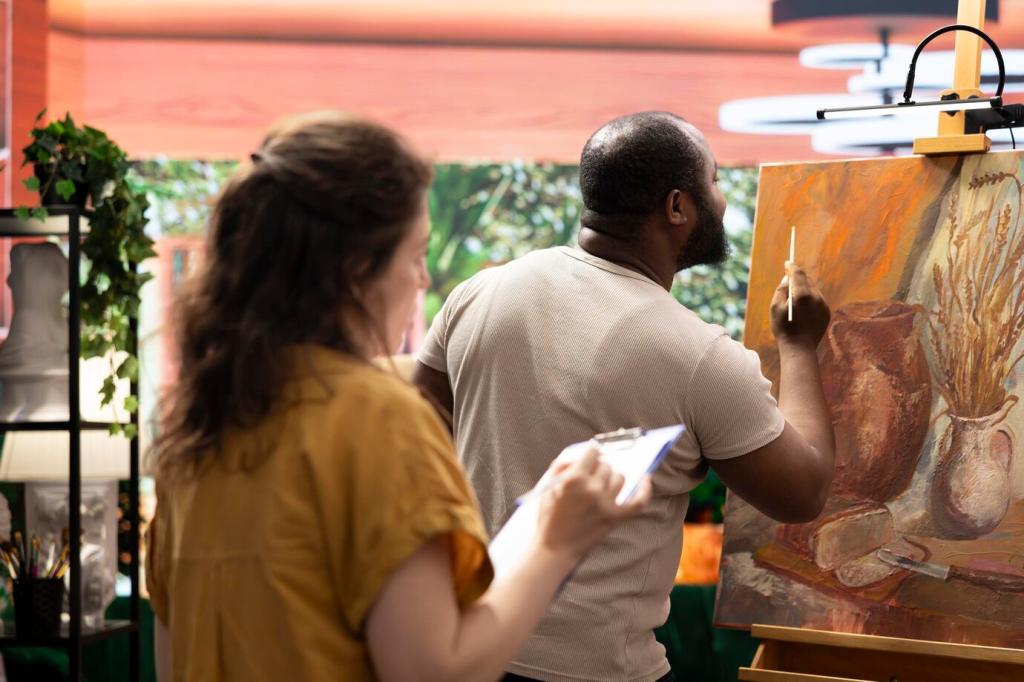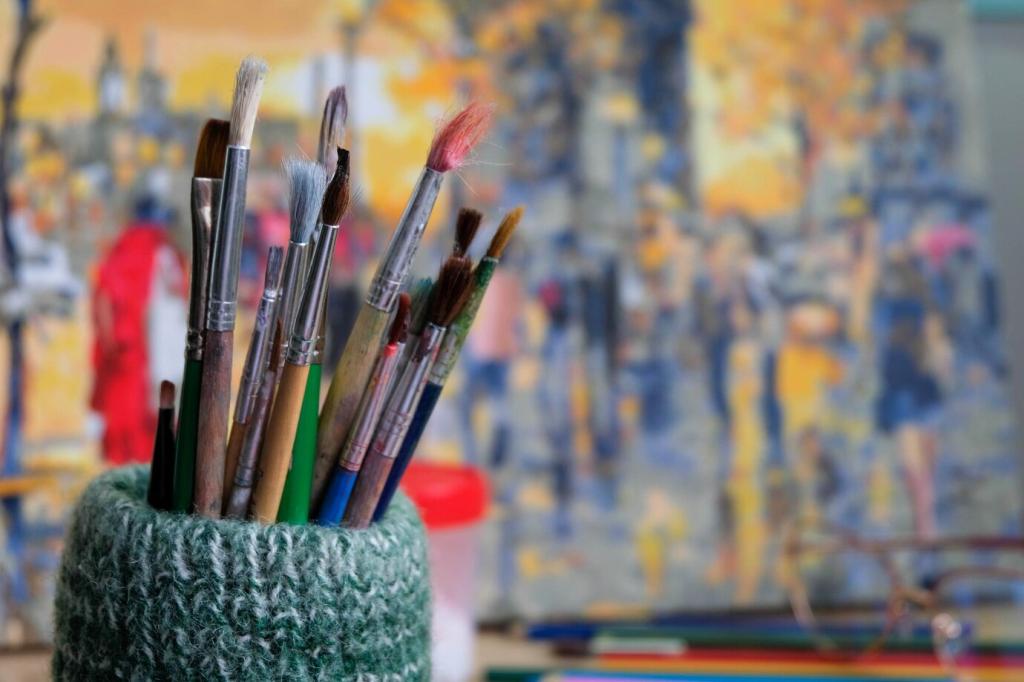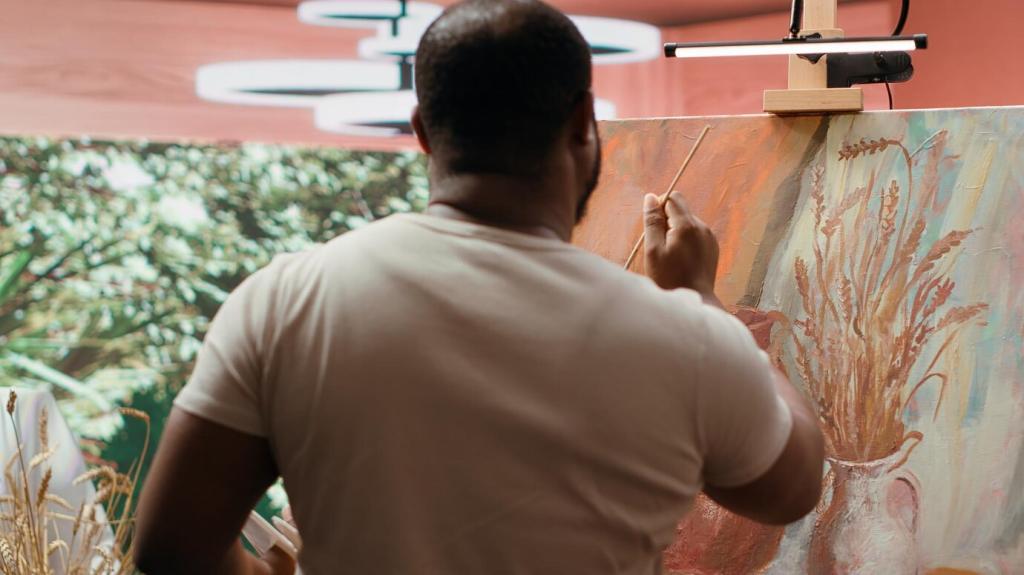Modern Echoes: Hockney, Diebenkorn, and Abstraction from Place
From hedgerow switchbacks to sapphire pools, Hockney maps place with unapologetic color. His iPad studies prove that tools change, but looking remains radical. What colors belong to your street’s seasons? Share them and subscribe to get our seasonal color challenge.
Modern Echoes: Hockney, Diebenkorn, and Abstraction from Place
Aerial perspectives, coastal haze, and studio windows condensed into planes: Diebenkorn’s Ocean Park paintings feel like neighborhoods of light. They show how a landscape can become abstract yet stay faithful. Try reducing your favorite view to five shapes, then post your results for feedback.

